Video artists tap into the future with immersive installations in a brutalist London building
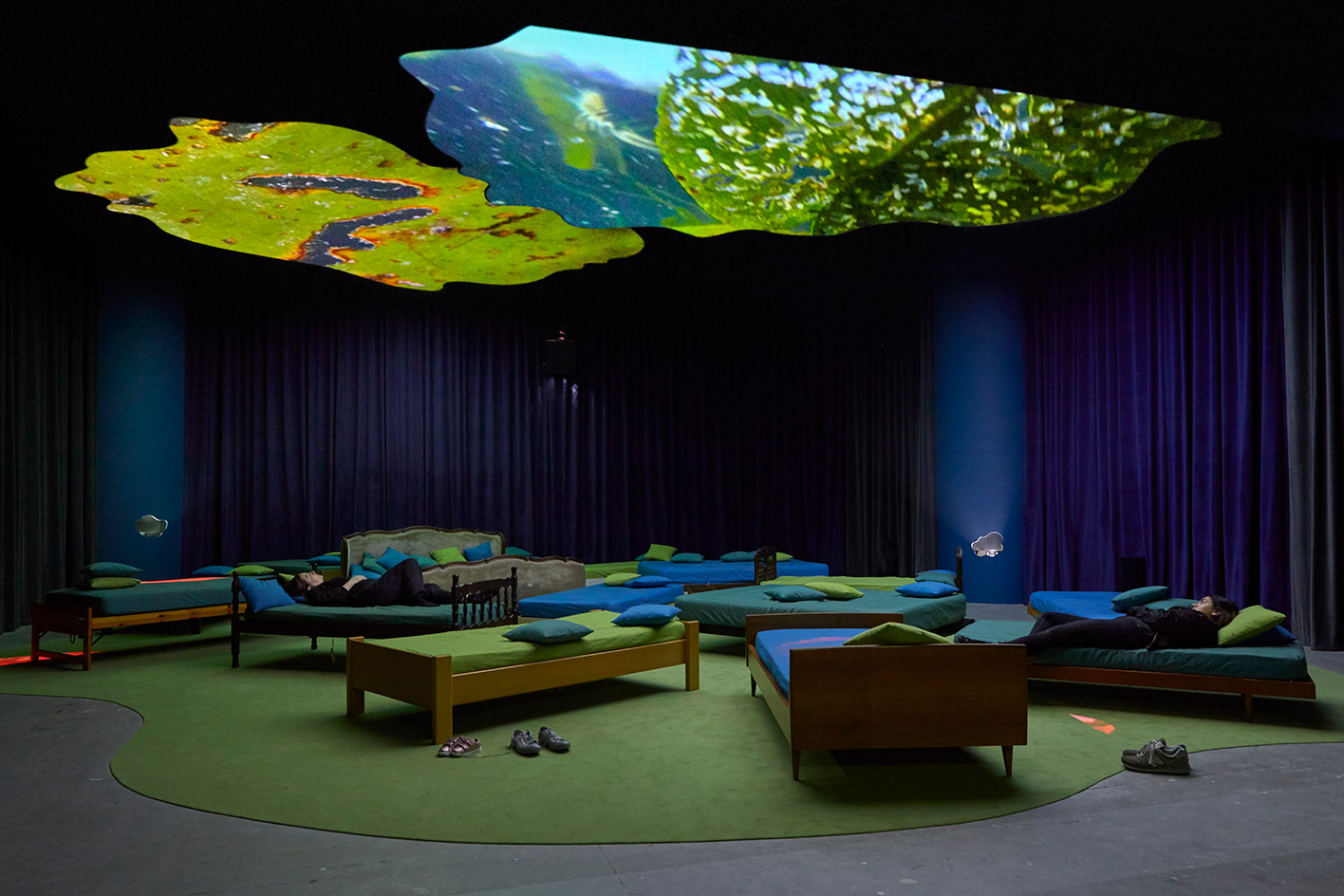
‘Strange Days: Memories of the Future’, an off-site exhibition by New York’s New Museum at The Store X, London, takes its name from a 1995 science fiction film by Kathryn Bigelow and James Cameron. Set at the turn of the millennium, the film imagines a world in which people get their thrills from watching videos in first-person view, thus trying on the recorded experiences and sensations of others.
‘In other words, it’s about the birth of virtual reality,’ observes Massimiliano Gioni, the New Museum’s artistic director and curator of the London exhibition. Unlike its cinematic counterpart, the show doesn’t involve any headsets, let alone brainwave-transmitting circuitry, but it’s addictive all the same.
Within a three-level space in the bowels of the brutalist building 180 The Strand, Gioni has brought together 21 video and film installations, each by a contemporary artist who has exhibited at the New Museum within the past decade. Ranging from Turner Prize winner Laure Prouvost to American director (and mastermind of Beyoncé’s Lemonade) Kahlil Joseph and Egyptian artist Hassan Khan, the selection is reflective of the museum’s programme: geographically diverse, visually enthralling, and thematically sound.
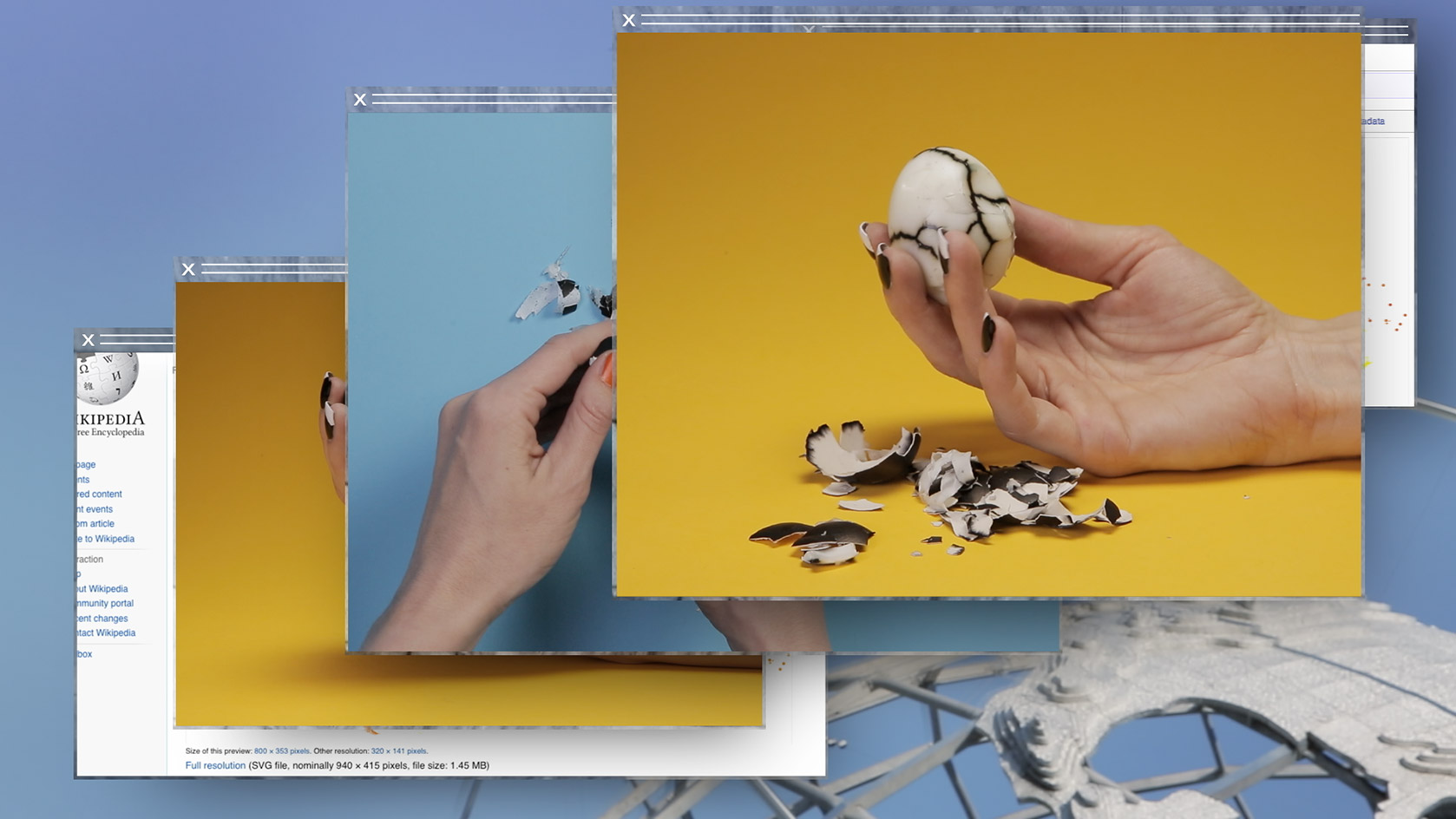
Grosse Fatigue (still), 2013, by Camille Henrot, single-channel video, sound, colour.
It begins, appropriately, with Camille Henrot’s Grosse Fatigue, created for the 2013 Venice Biennale (also curated by Gioni). The 13-minute piece shows a series of browser search windows alongside archival activities at the Smithsonian Institution in Washington, DC, while the background narration tells of creation myths across countries and cultures. The aim is to show the breadth and limitations of human imagination and endeavour. ‘It explores knowledge and delusions of omniscience, which is very much what this show is about,’ remarks Gioni.
The ensuing works follow the same wistful tone – Ed Atkins’ CGI work Happy Birthday!! speaks to physical and semantic disintegration, while Pipilotti Rist’s 4th Floor to Mildness invites the viewer to lie down in bed to gaze at video projections on the ceiling, imbuing poetic underwater scenes with haunting undertones. Further down, Swedish artist Klara Lidén’s The Myth of Progress shows her moonwalking through the streets of Manhattan by night, which appear eerily post-apocalyptic on the grainy image.
One level below, the show turns to explore the relationship between technology and identity, sexuality and desire. Jungle of Desire, an animated work by Hong Kong artist Wong Ping, centres on a struggling animator who dreams up a revenge plot on a client of his sex-worker wife. Bursting with colour, the piece projects a jovial tone at odds with its tale of repression. Meanwhile, Lili Reynaud-Dewar’s almost-monochrome Teeth, Gums, Machine, Future, Society (One Body, Two Souls) shows the performance artist, wearing only silver bodypaint, dancing dynamically among Bruno Gironcoli’s metallic sculptures, disrupting their stolid immortality.
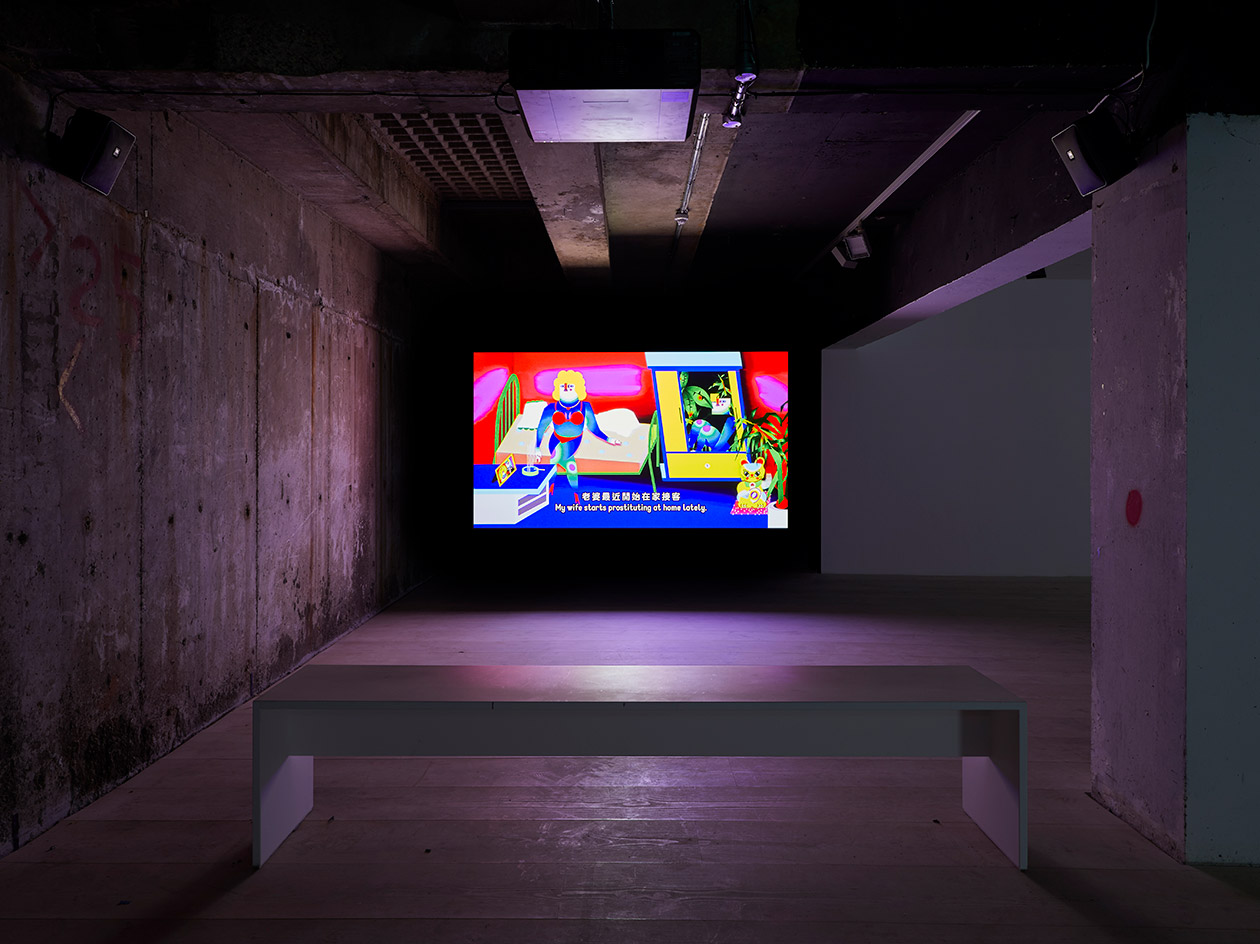
Jungle of Desire, 2016, by Wong Ping
There are dramatic shifts in mood along the way – for one, Ryan Trecartin’s Item Falls, a raucous live-action piece parodying contemporary reality television, is placed next to Prouvost’s introspective Into All That is Here, which highlights a yearning for sensuality in a world of flat screens. And the snaking layout of the show encourages immersion and provides the viewer with less autonomy than a more conventional configuration) ‘It might be a little prescriptive of me,’ admits Gioni, ‘but I like shows where the viewer discovers the show and the show unravels for them.’ Judging from the lingering crowds, the viewers seem to agree.
On the lowest, and final level, the UK debut of John Akomfrah’s Vertigo Sea takes centre stage, collaging spectacular seascapes and images of violence and environmental destruction to tell the story of the Atlantic. But it’s a work by Brazilian artist Jonathas de Andrade, O Peixe [The Fish], that steals the show. The camera hones in on fishermen in northeastern Brazil as they catch and then hold their prey to their chests, in an intimate yet mortal embrace. This invented ritual, viewed through an exoticised lens, paints a complex and poignant portrait of humanity.
The Icelandic performance artist Ragnar Kjartansson is given the last word with A Lot of Sorrow, which documents a six hour concert by indie rock band The National in New York. The band performs only one song, their 2012 ballad Sorrow on loop. There is an unusual beauty to their repeated expressions of melancholy, or as Kjartansson himself put it, ‘in the saddest of songs there is happiness’. And it is on this surprisingly hopeful note that the visitor emerges in the open, ‘Strange Days’ now past.
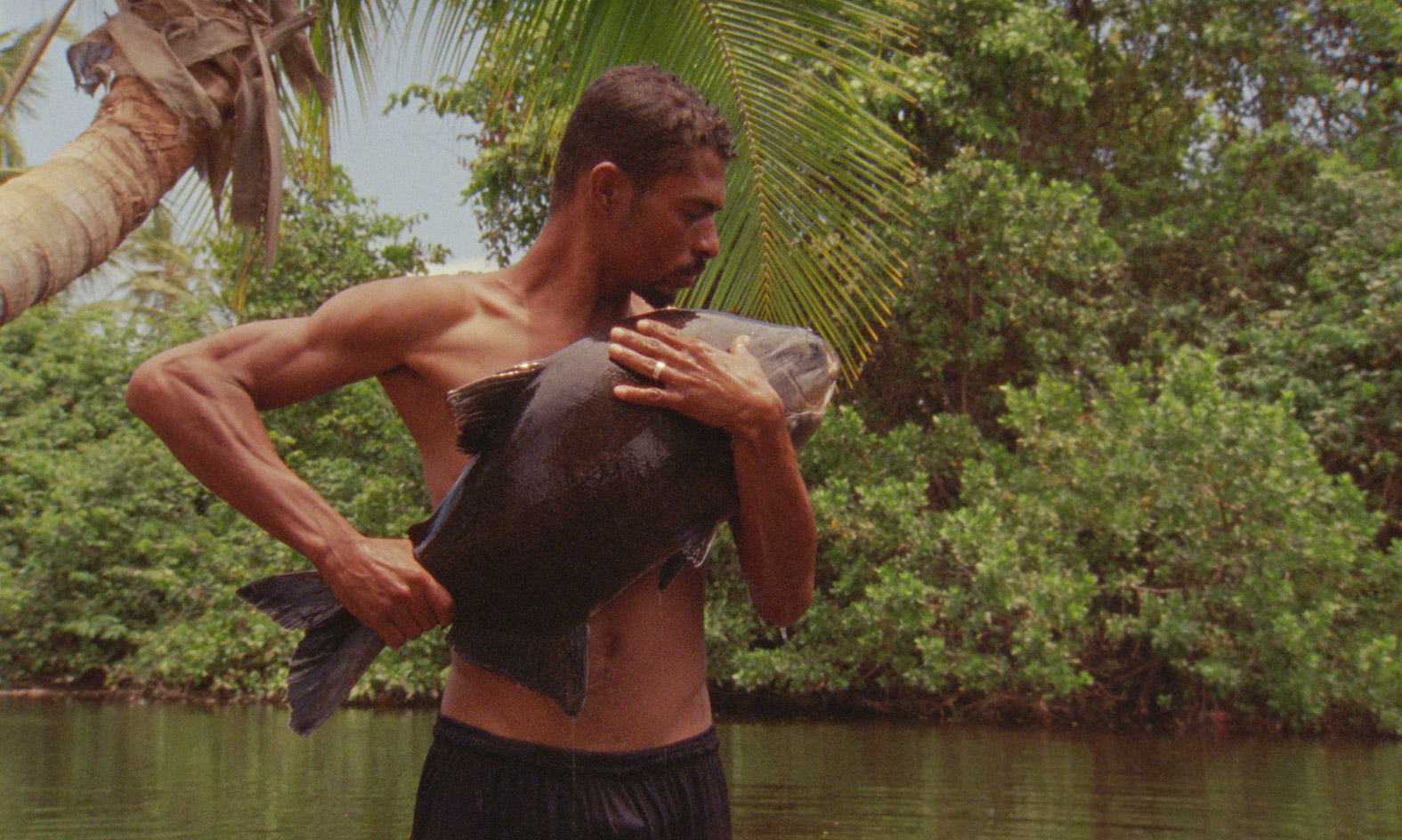
O peixe [The Fish], 2016, by Jonathas de Andrade, still from 16mm film transferred to HD video, sound, colour.
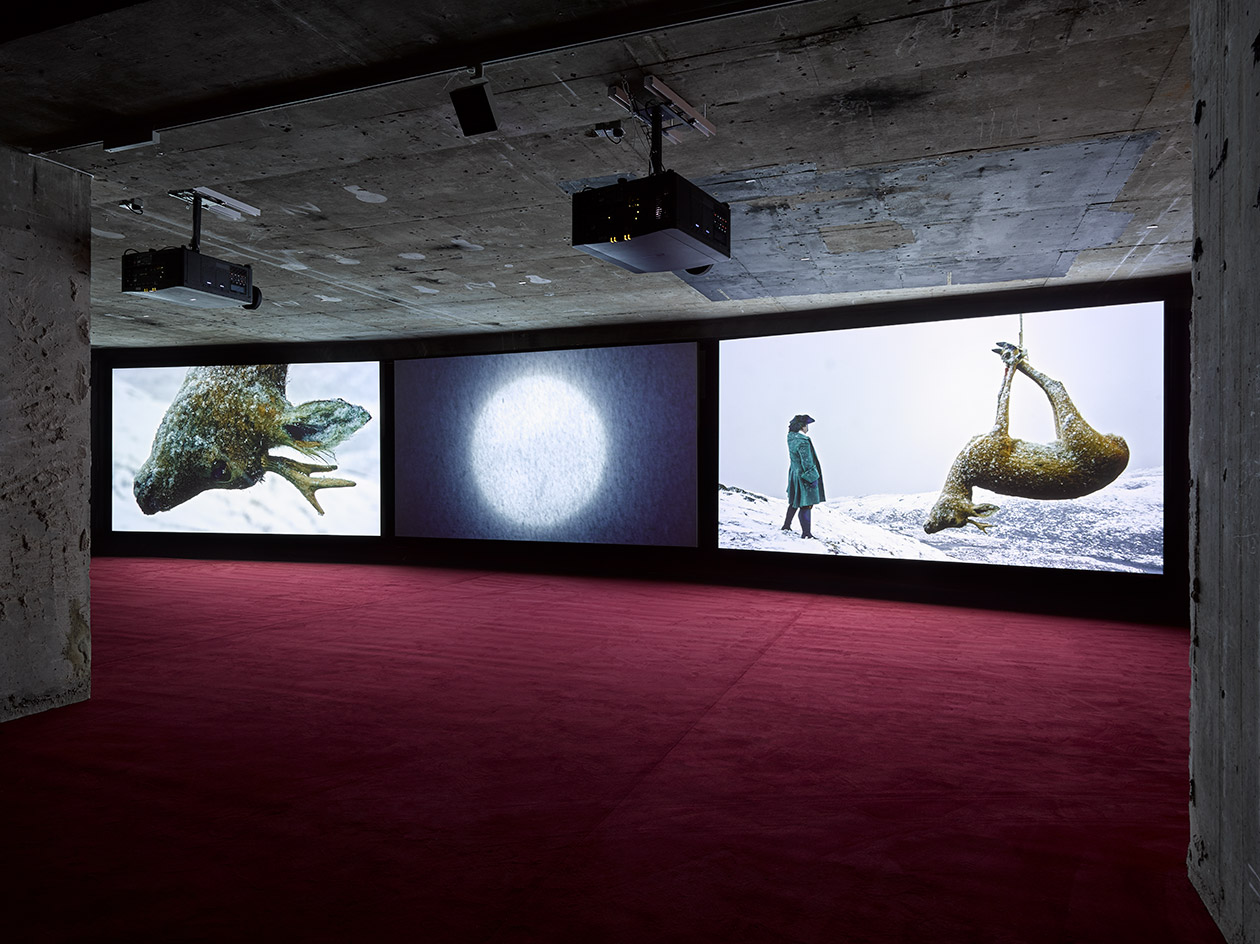
Vertigo Sea, 2015, by John Akomfrah. Courtesy of Smoking Dogs Films and Lisson Gallery.
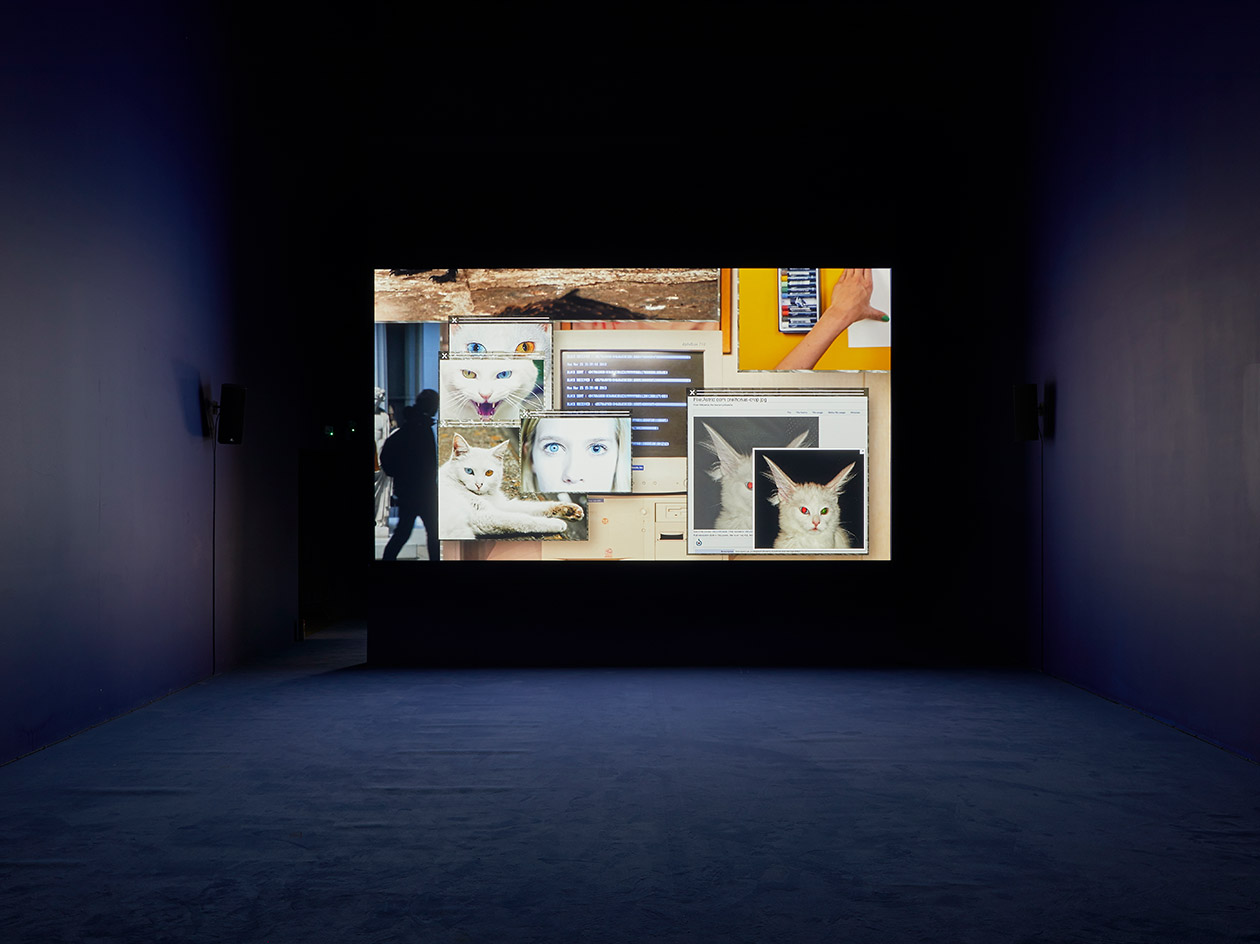
Grosse Fatigue, 2013, by Camille Henrot, single-channel video, sound, colour.
INFORMATION
‘Strange Days: Memories of the Future’ is on view until 9 December. For more information, visit the New Museum website, the Store X website, the 180 The Strand website and The Vinyl Factory website
ADDRESS
The Store X
180 Strand
London WC2R 1EA
Wallpaper* Newsletter
Receive our daily digest of inspiration, escapism and design stories from around the world direct to your inbox.
TF Chan is a former editor of Wallpaper* (2020-23), where he was responsible for the monthly print magazine, planning, commissioning, editing and writing long-lead content across all pillars. He also played a leading role in multi-channel editorial franchises, such as Wallpaper’s annual Design Awards, Guest Editor takeovers and Next Generation series. He aims to create world-class, visually-driven content while championing diversity, international representation and social impact. TF joined Wallpaper* as an intern in January 2013, and served as its commissioning editor from 2017-20, winning a 30 under 30 New Talent Award from the Professional Publishers’ Association. Born and raised in Hong Kong, he holds an undergraduate degree in history from Princeton University.
-
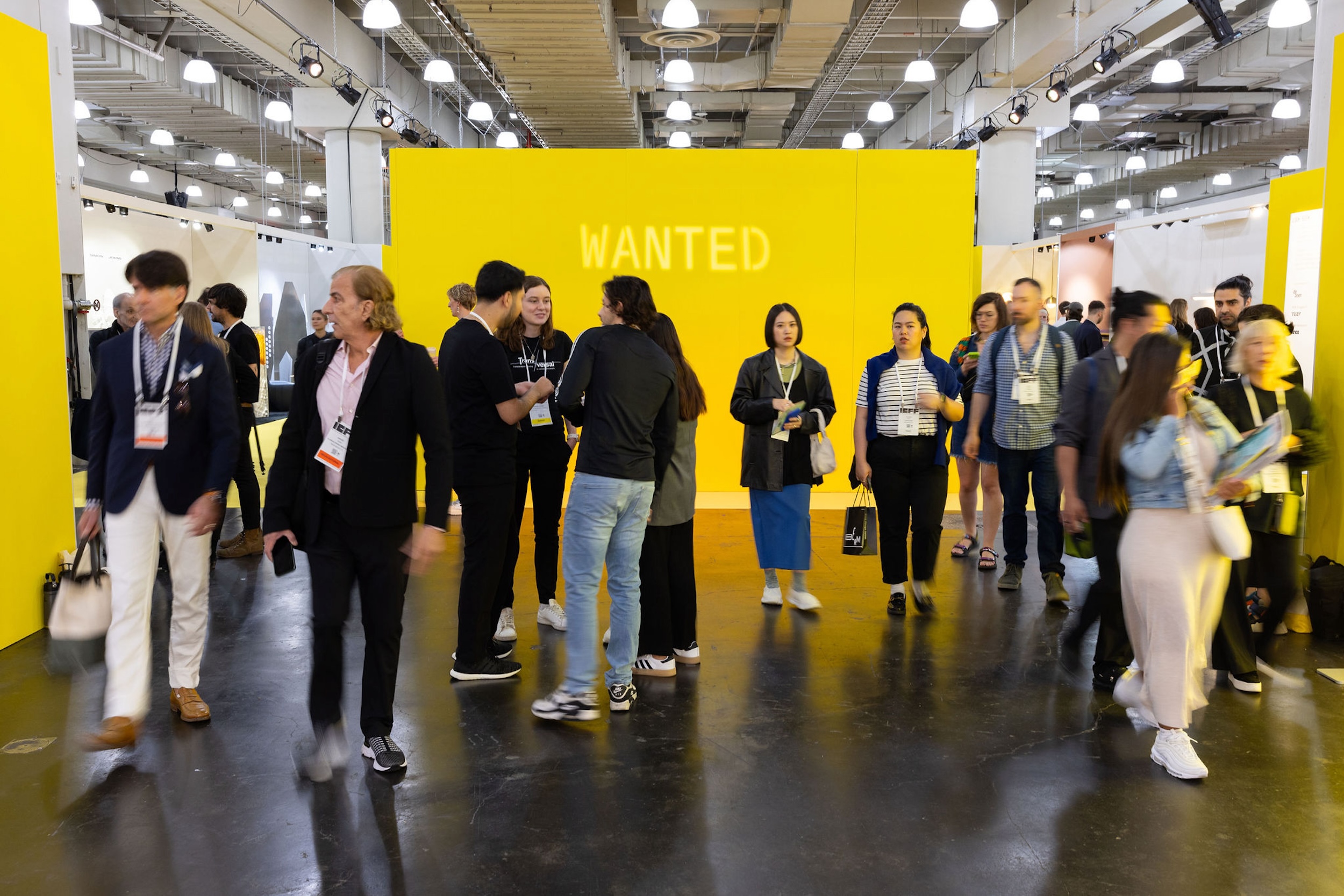 What not to miss at NYCxDesign 2025, according to our editors
What not to miss at NYCxDesign 2025, according to our editorsFrom mega furniture fairs to can't-miss parties, here's what to catch at North America's biggest celebration of design
-
 These Loro Piana sunglasses are inspired by the house’s superlative garments
These Loro Piana sunglasses are inspired by the house’s superlative garmentsContinuing the house’s continent-crossing journey to find the very best materials – from Mongolia to New Zealand – Loro Piana’s new sunglasses collection takes it to Japan, where the first titanium frames were made in the 1980s
-
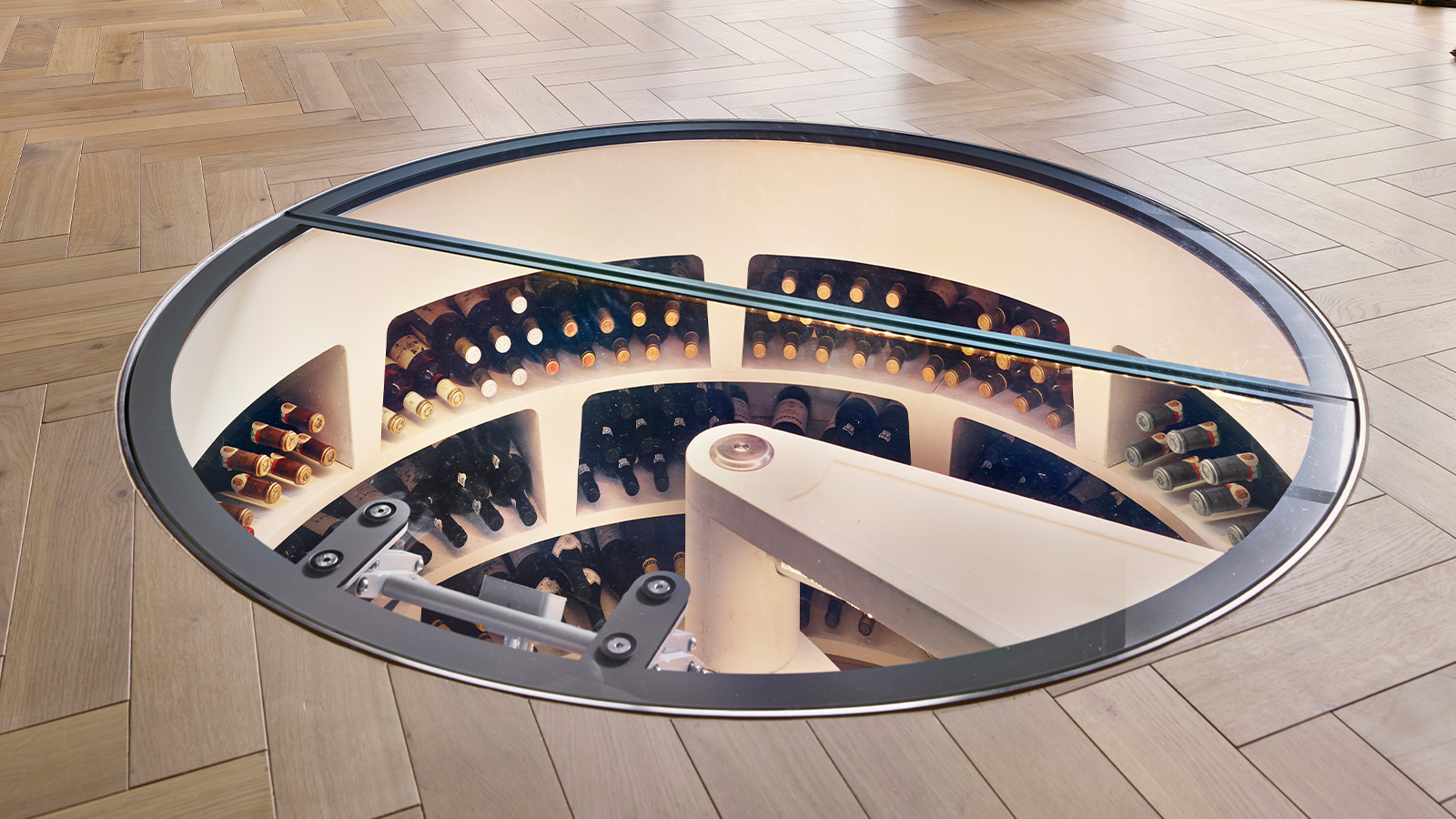 How to build a home wine cellar
How to build a home wine cellarOur resident drinks writer takes us through his own experiences on building the dream wine cellar at home including his favourite wines to stock up on now
-
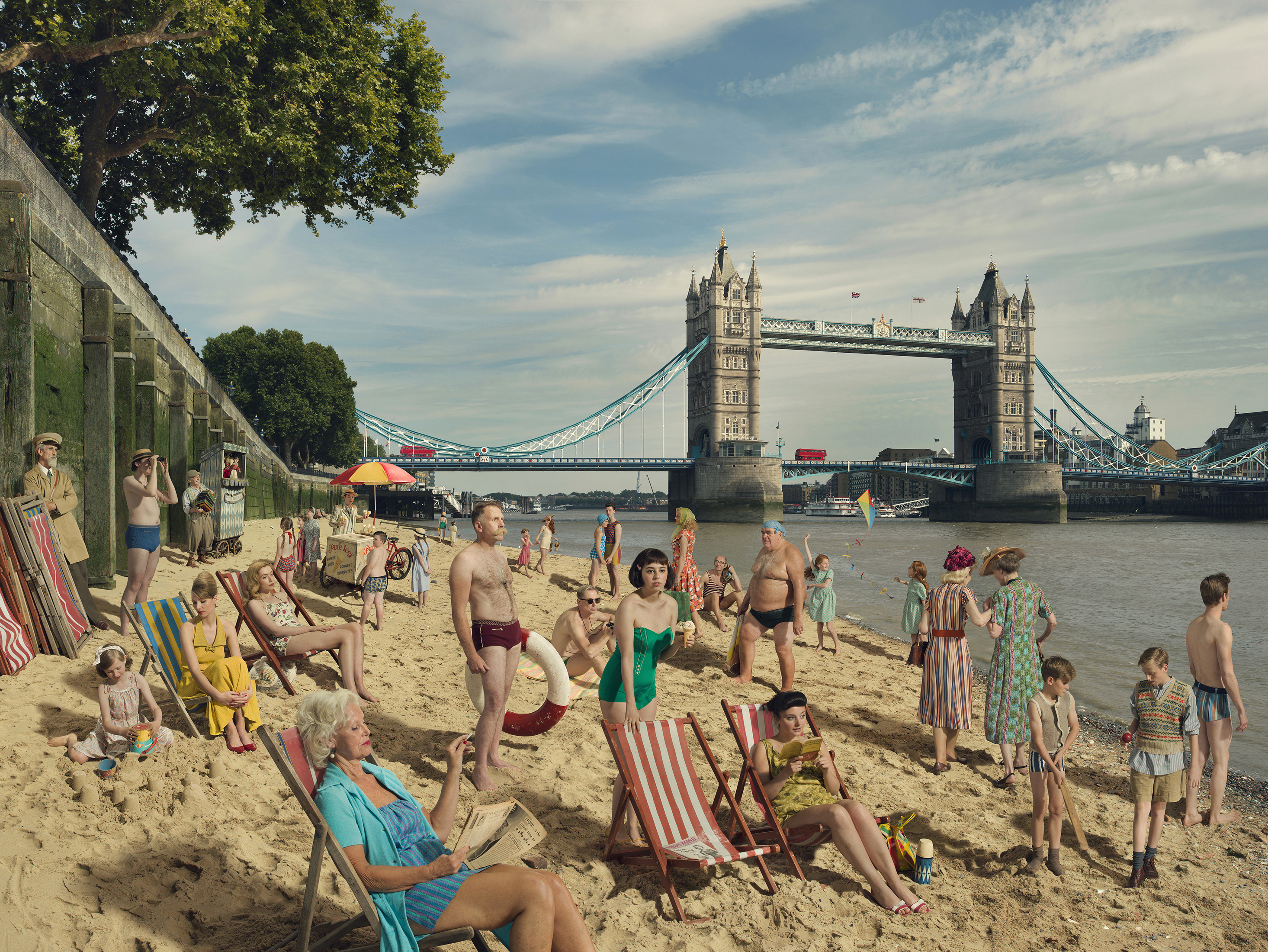 As Photo London turns 10, seven photographers tell us the story behind their portraits
As Photo London turns 10, seven photographers tell us the story behind their portraitsPhoto London celebrates its tenth anniversary from 14–18 May 2025 at Somerset House
-
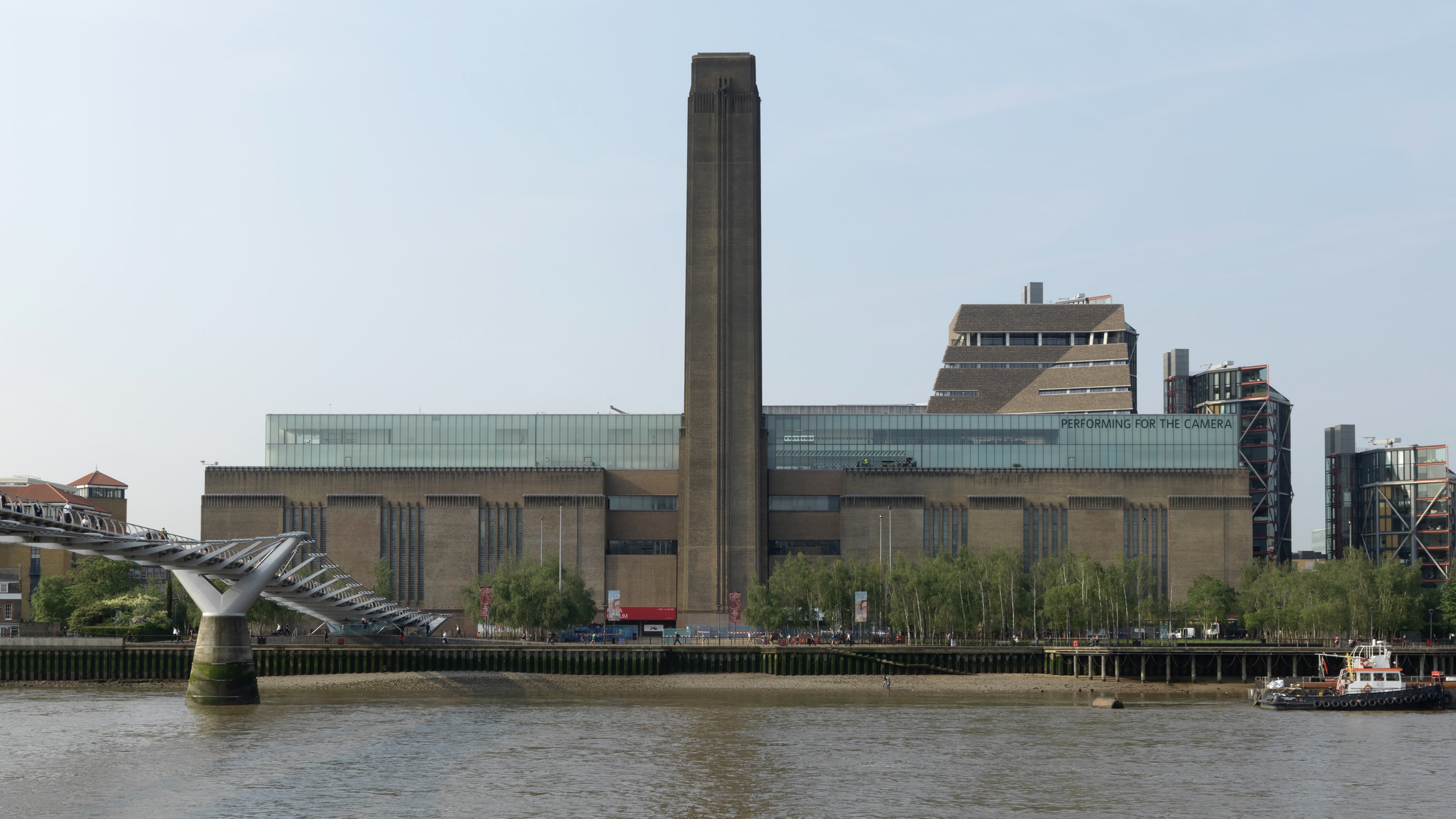 The Tate Modern is hosting a weekend of free events. Here's what to see
The Tate Modern is hosting a weekend of free events. Here's what to seeFrom 9 -12 May, check out art, attend a lecture, or get your groove on during the museum's epic Birthday Weekender
-
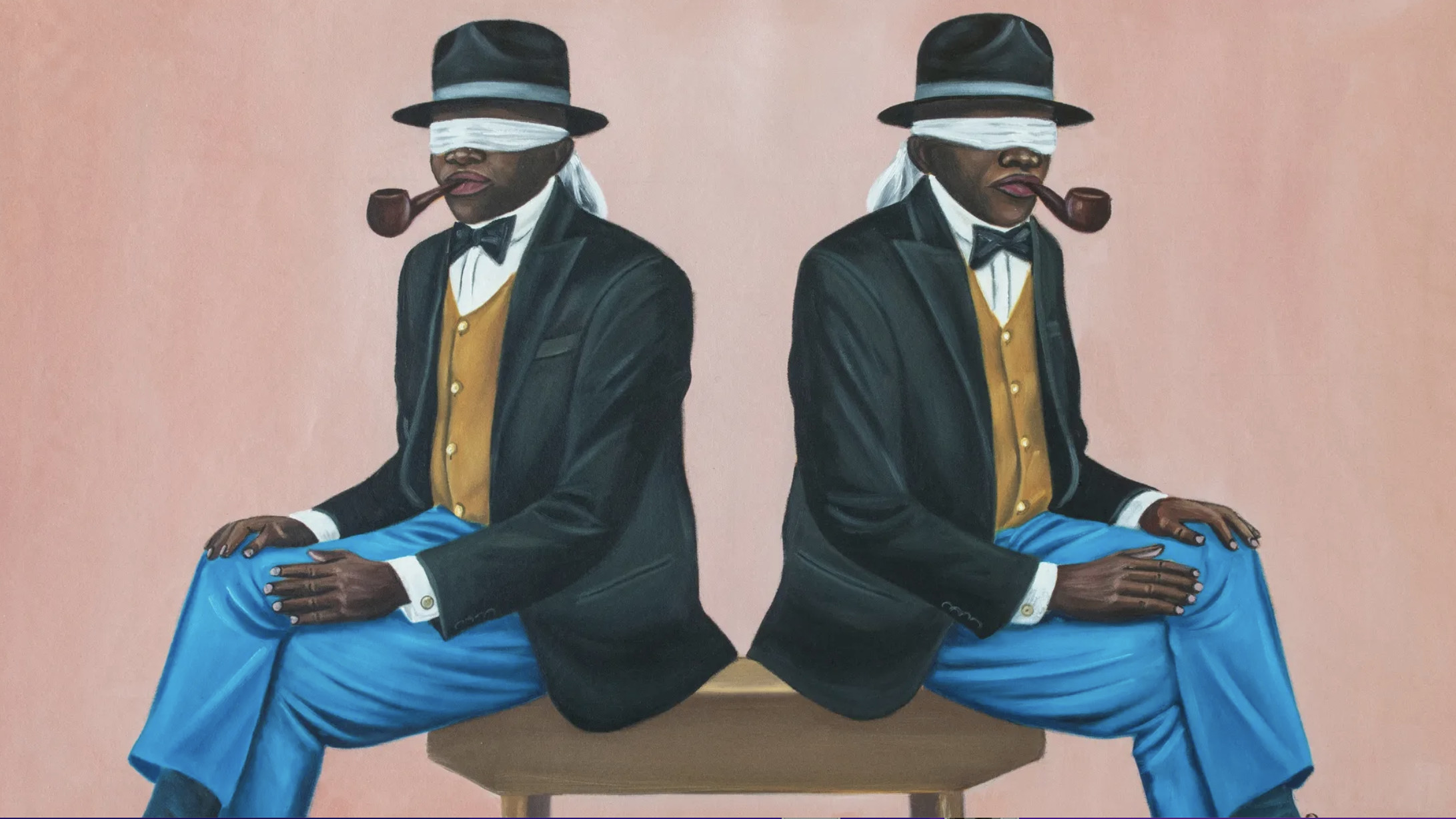 Artist Zumba Luzamba on the vibrant aesthetic of Congolese fashion rebels, the sapeurs
Artist Zumba Luzamba on the vibrant aesthetic of Congolese fashion rebels, the sapeursThe Congolese artist takes a deep dive into a fashion subculture in his show at London's Kristin Hjellegjerde Gallery. ‘I draw people in with style so that they can sit with deeper themes,’ he says
-
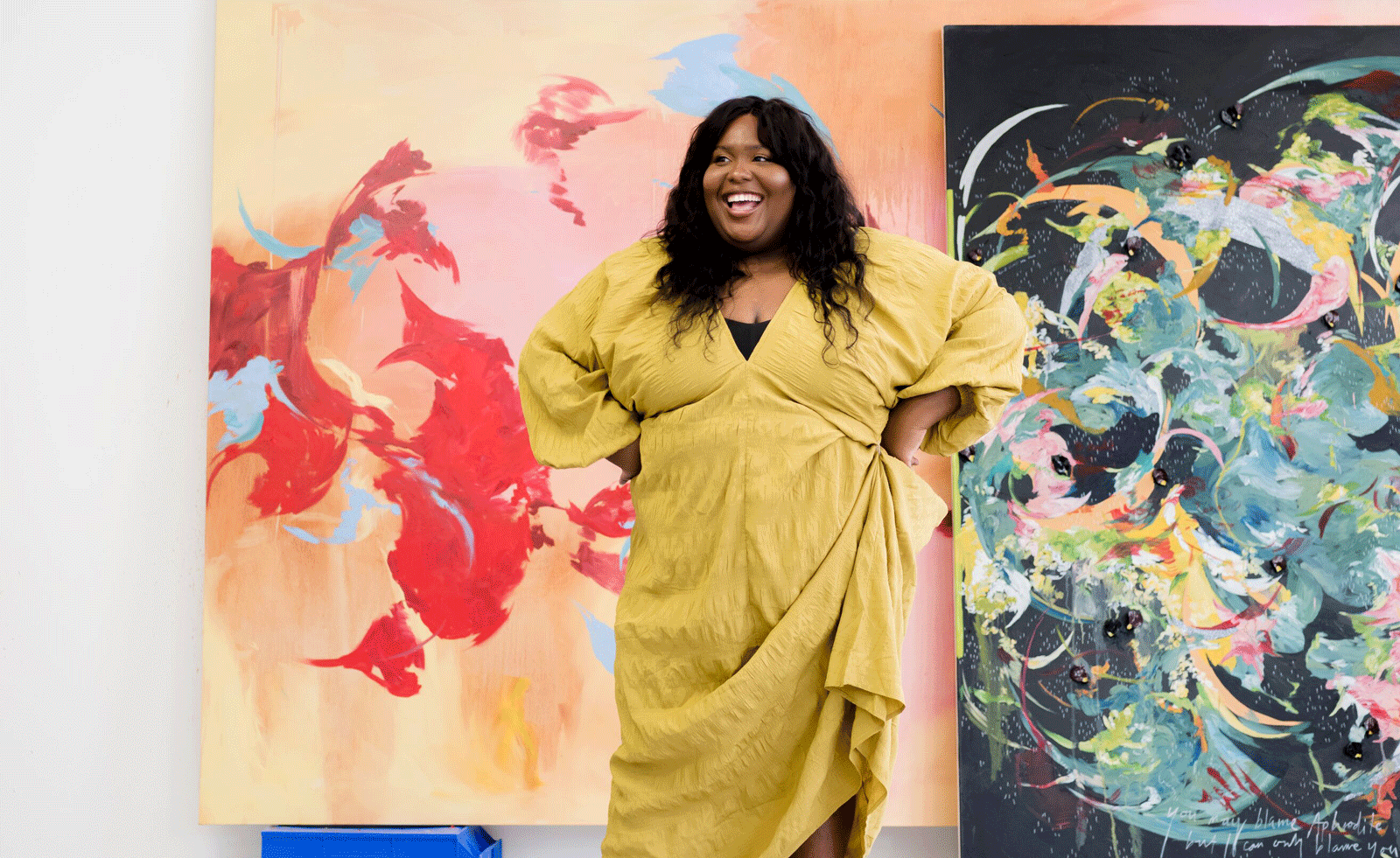 ‘The work is an extension of myself’: Michaela Yearwood-Dan on her debut show at Hauser & Wirth
‘The work is an extension of myself’: Michaela Yearwood-Dan on her debut show at Hauser & WirthLondon-based artist Michaela Yearwood-Dan continues her rapid rise, unveiling monumental new paintings in ‘No Time for Despair’
-
 The UK AIDS Memorial Quilt will be shown at Tate Modern
The UK AIDS Memorial Quilt will be shown at Tate ModernThe 42-panel quilt, which commemorates those affected by HIV and AIDS, will be displayed in Tate Modern’s Turbine Hall in June 2025
-
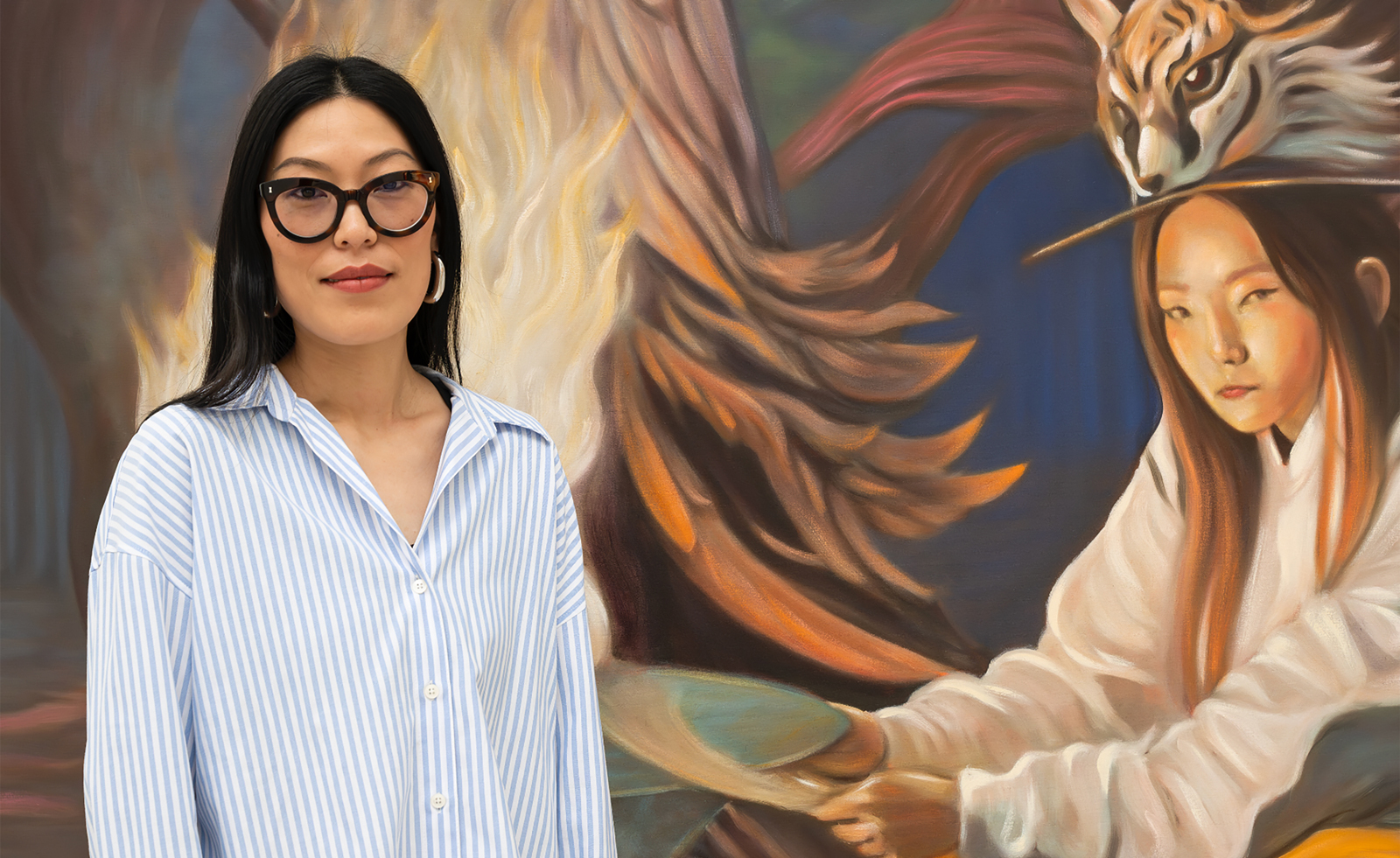 Meet the Turner Prize 2025 shortlisted artists
Meet the Turner Prize 2025 shortlisted artistsNnena Kalu, Rene Matić, Mohammed Sami and Zadie Xa are in the running for the Turner Prize 2025 – here they are with their work
-
 ‘Humour is foundational’: artist Ella Kruglyanskaya on painting as a ‘highly questionable’ pursuit
‘Humour is foundational’: artist Ella Kruglyanskaya on painting as a ‘highly questionable’ pursuitElla Kruglyanskaya’s exhibition, ‘Shadows’ at Thomas Dane Gallery, is the first in a series of three this year, with openings in Basel and New York to follow
-
 The art of the textile label: how British mill-made cloth sold itself to Indian buyers
The art of the textile label: how British mill-made cloth sold itself to Indian buyersAn exhibition of Indo-British textile labels at the Museum of Art & Photography (MAP) in Bengaluru is a journey through colonial desire and the design of mass persuasion